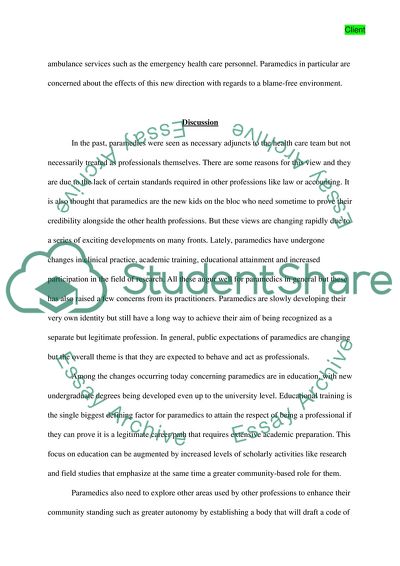Cite this document
(Clinical Governance: The Monitoring of Ambulance Services Term Paper, n.d.)
Clinical Governance: The Monitoring of Ambulance Services Term Paper. Retrieved from https://studentshare.org/health-sciences-medicine/1728880-clinical-governance
Clinical Governance: The Monitoring of Ambulance Services Term Paper. Retrieved from https://studentshare.org/health-sciences-medicine/1728880-clinical-governance
(Clinical Governance: The Monitoring of Ambulance Services Term Paper)
Clinical Governance: The Monitoring of Ambulance Services Term Paper. https://studentshare.org/health-sciences-medicine/1728880-clinical-governance.
Clinical Governance: The Monitoring of Ambulance Services Term Paper. https://studentshare.org/health-sciences-medicine/1728880-clinical-governance.
“Clinical Governance: The Monitoring of Ambulance Services Term Paper”. https://studentshare.org/health-sciences-medicine/1728880-clinical-governance.


